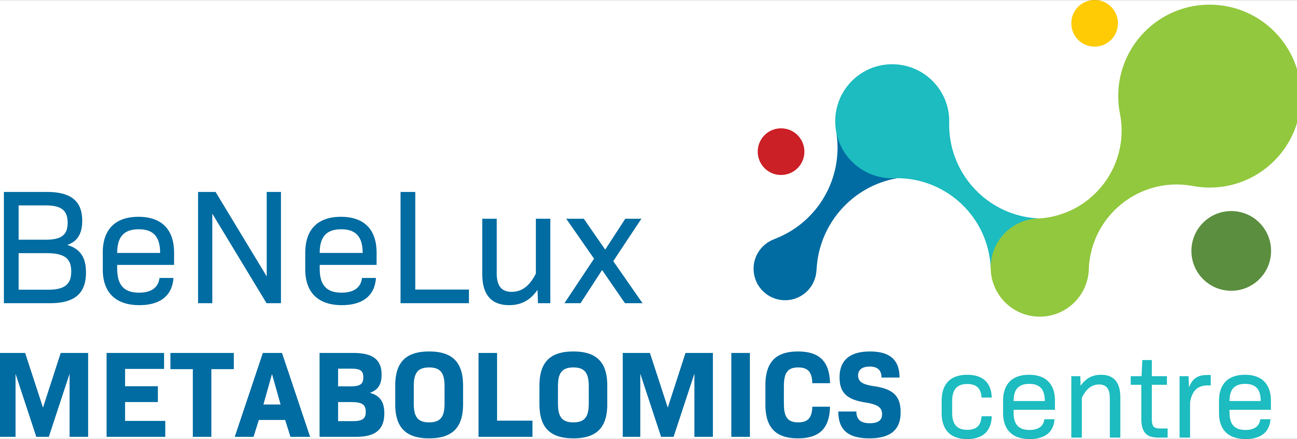In all metabolomics studies where experiments are performed to explore the effect of a treatment, a basic question is how many and which experiments are required to be able to estimate the effect significantly. A lower bound on the necessary number of samples depends on the appearance of the effect, on its size and on the non-induced (instrumental and biological) variation between the measurements. On the other hand, an upper bound is set by considerations regarding efficient use of experimental resources. Power analysis quantifies the relationship between the number of experiments and the statistical significance of the effect, and hence constitutes a way to address this optimization problem. Furthermore, it can be used to decide which experiments to perform, and what type of design to use for a study.
Often the number of metabolites greatly exceeds the number of samples . Moreover, as groups of metabolites are rooted in the same metabolic pathways, their abundances are highly correlated. This renders power calculations based on the standard multivariate Hotelling’s statistic problematic, because the sample covariance matrix is singular and hence its inverse does not exist. We are developing computational procedures to alleviate this limitation.
